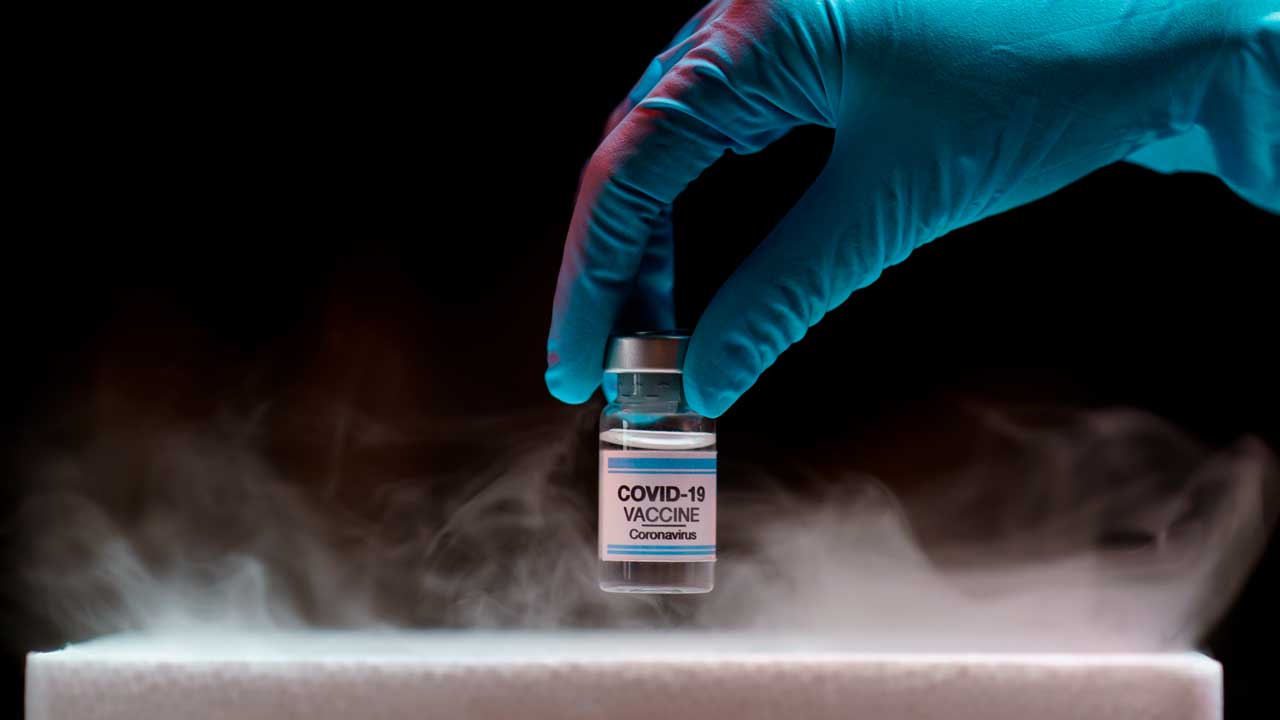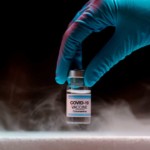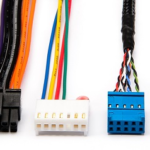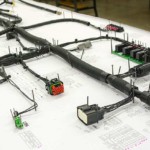Since March, the entire SHINE team has worked countless hours on COVID-related products. These projects have ranged from startups to existing products that were redesigned to meet COVID-related requirements. SHINE has been involved with machines that test the strength of syringes, cables, and electro-mechanical assemblies for ventilators and, most recently, cable assemblies for ultra-low temperature freezers and shipping containers for COVID-19 vaccines. “Through these difficult times,” I have been humbled by our employees’ daily dedication on these COVID-related projects”, says Greg Shine.
Cold chain monitoring is in the news because of recent developments with Pfizer’s COVID-19 vaccine. Soon after the pharmaceutical company announced the promising results of Phase 3 clinical trials, media outlets reported the challenges of producing, shipping, storing, and handling the vaccine. All vaccines require a cold chain, or temperature-controlled supply chain, but Pfizer’s new vaccine requires ultra-cold temperatures. In fact, Pfizer’s COVID-19 vaccine must be stored at -75°C, which is about 50°C colder than any vaccine currently used in the United States.
The U.S. Centers of Disease Control (CDC) have asked states to prepare to receive the Pfizer vaccine, but most lack detailed plans for maintaining the cold chain. The CDC recommends procuring large quantities of dry ice because Pfizer plans to package the vaccine with solidified carbon dioxide in a special box called a “thermal shipper”. Locations that receive thermal shippers must replenish the dry ice within 24 hours. If the vaccine is exposed to open air for five minutes, it will thaw and must be discarded. Without the consistent cold of an ultra-low temperature (ULP) freezer, dependable temperature monitoring is critical.
Cold Chain Challenges Need Smart Solutions
Operation Warp Speed (OWS), the public-private partnership that is accelerating the development of a COVID-19 vaccine, could find that cold chain monitoring is its most formidable challenge yet. That’s because few third-party logistics (3PL) companies, clinics, or pharmacies can reliably transport and store vaccines at temperatures as low as -80°C. Unfortunately, vaccine waste because of temperature control, logistics, and shipment-related issues is all too common. According to the World Health Organization (WHO), these problems result in the loss of over 50% of vaccines each year.
Fortunately, temperature sensor assemblies can support the cold chain monitoring of products that are shipped on dry ice. Probes that plug into transmitters can provide accurate, real-time information about temperature and location. Moreover, onboard electronics can store data to ensure that an item was kept at the proper temperature during transit. If the temperature rises beyond a limit, alarms can be triggered and the shipment’s location sent. In this way, cold chain logistics and cold chain shipping companies can take corrective action before valuable items like vaccines are ruined.
Cold Chain Technologies and Electronics Manufacturing
SHINE, an ISO 9001:2015-certified electronics manufacturer in Adams, Massachusetts (USA), is working with other contract manufacturers to solve cold chain monitoring challenges. As a quality-driven manufacturer of custom cable assemblies, wire harnesses, and electro-mechanical assemblies, we also offer added-value services such as engineering support, component sourcing, and testing.
If you have a COVID-related product, SHINE has dedicated manufacturing floor space and resources for these specific needs. Contact us to discuss your application.






